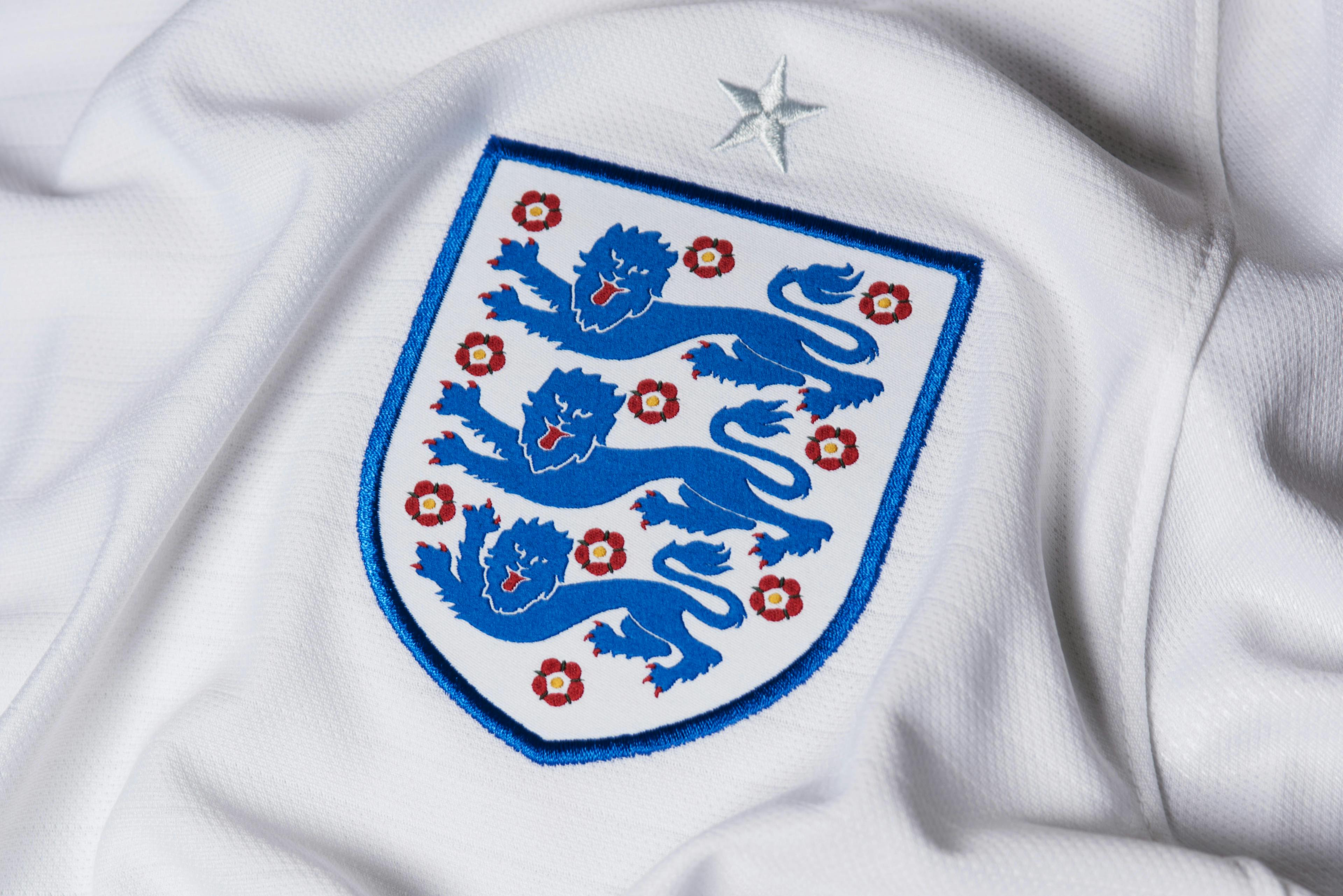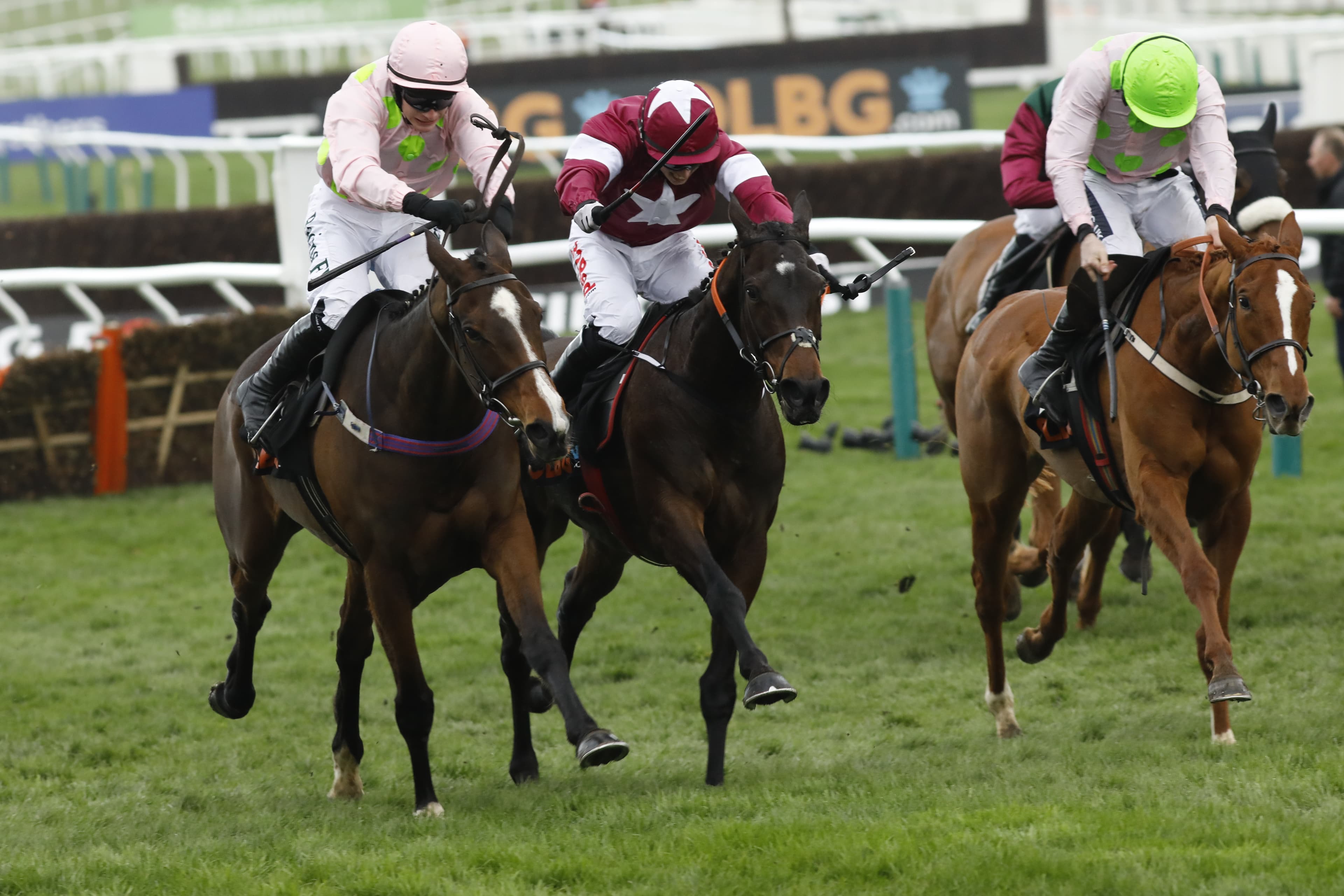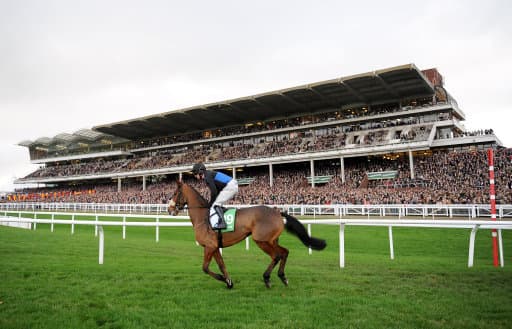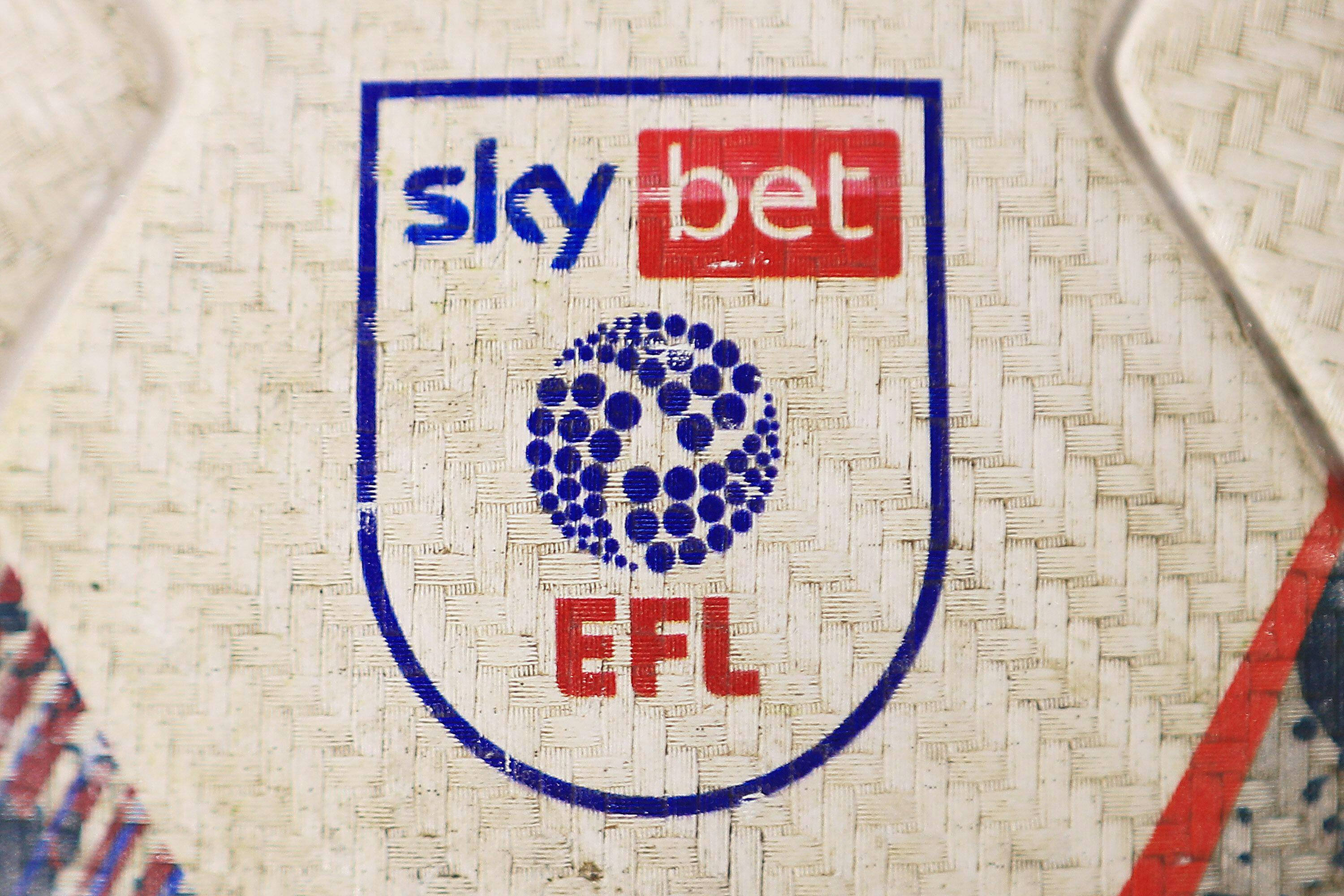Stay up-to-date with all the latest football news. We cover transfers, analysis, betting statistics, and much more.
Bet Slip
Football News & Betting
Latest Football News
Latest News

Albania vs England: 50/1 Super Bet Builder Tip with BOYLE Sports 25% Boost - 16th November 2025
England lock horns with Albania as they look to round off their 2026 World Cup qualifying campaign with a win. The Three Lions are aiming for perfection in qualifying as they look ...

ITV Racing Tips – Sunday 16th November 2025 Best Bets for Cheltenham & Fontwell
News
ITV Racing Tips – Saturday 15th November 2025 Best Bets for Cheltenham & Wetherby
News
Bet £10 on Race 1 & Get £60 in Free Bets for Cheltenham! Paddy Power Sign Up Offer 15/11/2025
News
Chris Eubank Jr @ 50/1 or Conor Benn to win @ 70/1 with Sky Bet's New Customer Offer 15/11/2025
News
Gillingham vs Crawley Town: 29/1 Mega Bet Builder Tip 15/11/2025

Mega Accumulator Tip: @FootyAccums Premium Boost - 15/11/2025
News
50/1 Benn vs Eubank Jr Fight to go past Round 1! Paddy Power Sign Up Offer 15/11/2025
News
60/1 A Goal to be Scored in England vs Serbia! Paddy Power Sign Up Offer 13/11/2025
News
